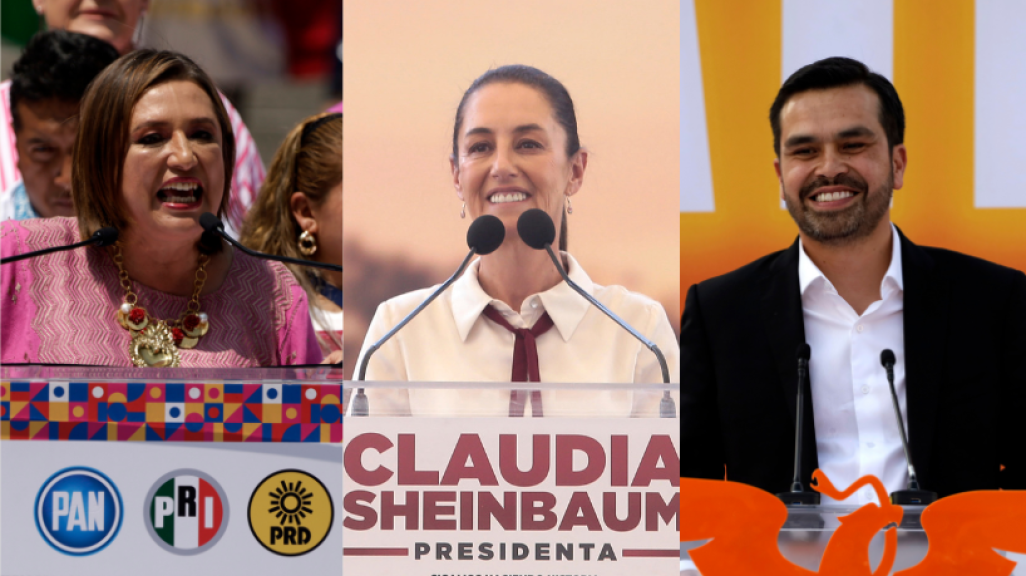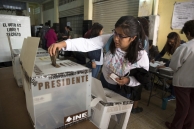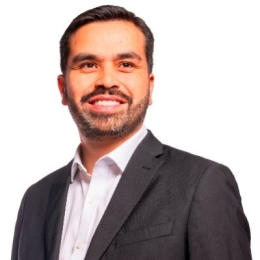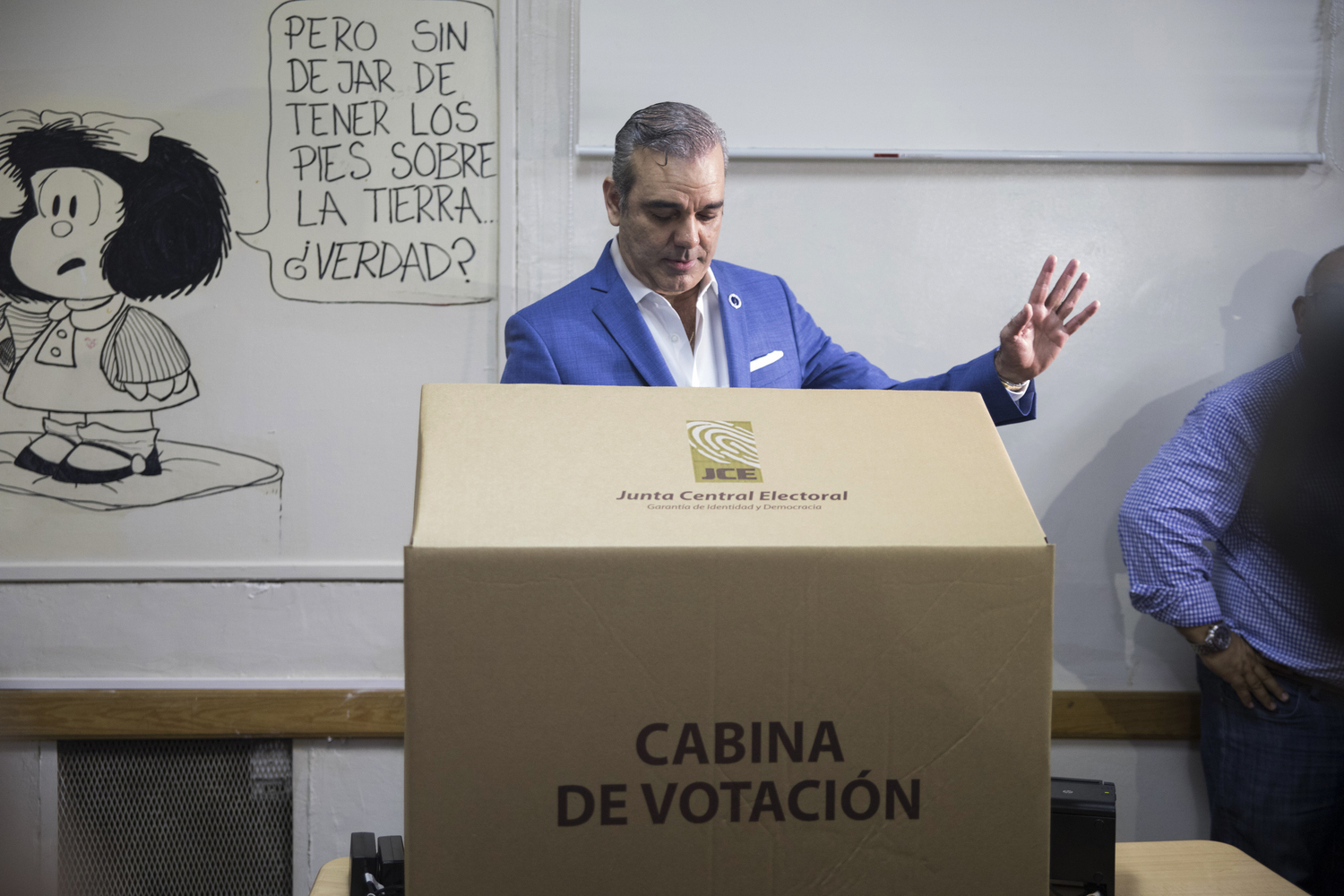Explainer: Who’s Who in Mexico's 2024 Presidential Race?
Explainer: Who’s Who in Mexico's 2024 Presidential Race?
Learn about Claudia Sheinbaum, Xóchitl Gálvez, and Jorge Álvarez Máynez—the three rivals competing to succeed Andrés Manuel López Obrador.
Mexico is poised to make history come June 2, when its voters will more than likely pick a woman to don the presidential sash for the first time. That’s because two women, Claudia Sheinbaum and Xóchitl Gálvez, are the top contenders for the race.
Sheinbaum and Gálvez have other commonalities. Both aged 61, they both have STEM backgrounds. Both held political office for the first time after the country’s 2000 transition to democracy. Both governed Mexico City boroughs during the same period. And both women hold progressive views on social issues. But while Sheinbaum, who will represent the ruling Morena coalition, vows to continue the agenda of her political mentor, President Andrés Manuel López Obrador, Gálvez’s candidacy developed in opposition to the leader.
Campaigns officially launched March 1, but both women became the de facto candidates during the summer of 2023, when they participated in coalition primaries. Throughout the process, Sheinbaum has been the frontrunner; as of March, she polls at 60 percent, per aggregator Oraculus. By the same measure, Gálvez trails by roughly 25 percent. A third candidate, Jorge Álvarez Máynez of the Citizens’ Movement party, is polling in the single digits.
Who are the three candidates? What are they proposing? AS/COA Online explains each aspirant in the order they are polling.
More than 20,000 posts—presidency included—are up for grabs on June 2, 2024. AS/COA Online maps out key dates, voters, and the seats at stake.
Get the latest updates on developments in the country's June 2 elections for president, legislators, governors, and more.
AS/COA covers 2024's elections in the Americas, from presidential to municipal votes.
Claudia Sheinbaum, Xóchitl Gálvez, and Jorge Álvarez Máynez are competing for the presidency. See polls ahead of the June 2, 2024 election.















